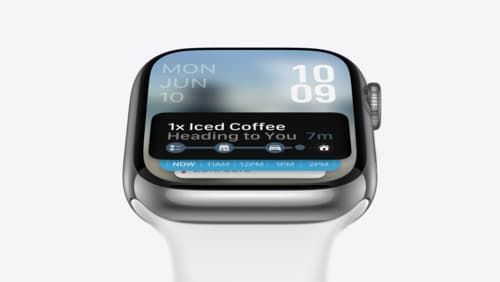app lifecycle deep dive: what happens when a user taps on icon of the app ?
Asked on 2024-08-28
1 search
When a user taps on the icon of an app, several processes occur as part of the app lifecycle. Here's a general overview based on the context provided:
-
App Launch: The app is launched from the home screen, which involves loading the app's resources and initializing its state. This is the starting point of the app lifecycle.
-
Handling Intents: If the app is designed with app intents, it may open to a specific view or perform a specific action as part of the intent. For example, if an app intent is designed to open a particular view, the app will launch directly to that view. This is discussed in the session Design App Intents for system experiences.
-
User Activity Continuation: If the app was previously in use and the user is returning to it, the app may continue from where the user left off. This involves handling user activities and ensuring a seamless transition, as mentioned in the session Build a great Lock Screen camera capture experience.
-
System Features Integration: The app may also integrate with system features like Spotlight or Siri, allowing users to access app functionalities without fully opening the app. This is part of creating a flow and reducing friction in user experience, as described in the session Bring your app’s core features to users with App Intents.
These processes ensure that the app provides a smooth and efficient user experience from the moment the app icon is tapped.

Design App Intents for system experiences
App Intents power system experiences in controls, Spotlight, Siri, and more. Find out how to identify the functionality that’s best for App Intents, and how to use parameters to make these intents flexible. Learn how to use App Intents to allow people to take action outside your app, and see examples of when to navigate into your app to show contextual information.

Build a great Lock Screen camera capture experience
Find out how the LockedCameraCapture API can help you bring your capture application’s most useful information directly to the Lock Screen. Examine the API’s features and functionality, learn how to get started creating a capture extension, and find out how that extension behaves when the device is locked.

Design Live Activities for Apple Watch
Starting in watchOS 11, Live Activities from your iOS app will automatically appear in the Smart Stack on a connected Apple Watch. Learn how to optimize the layout of your Live Activity for the wrist, and provide the right level of information and interactivity at the right time.
